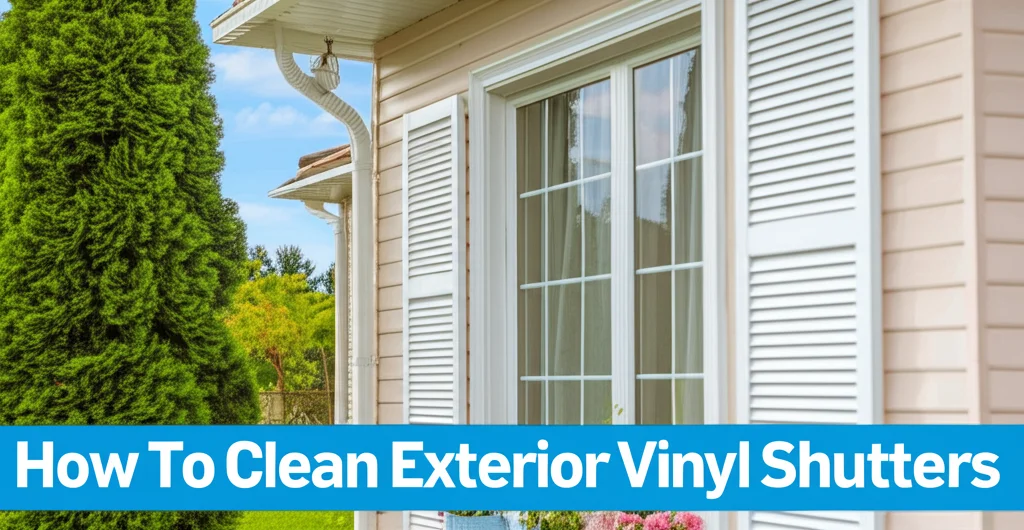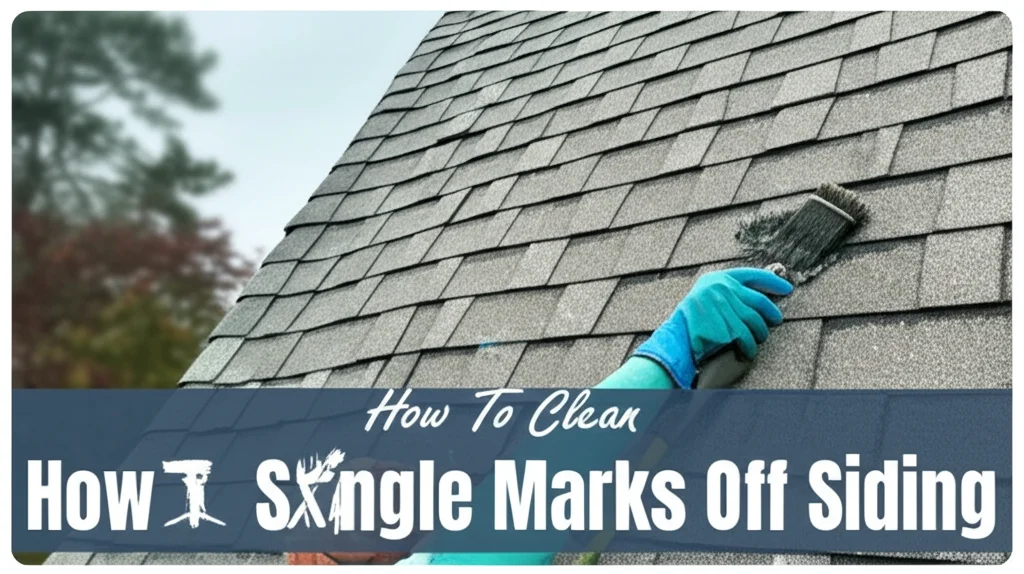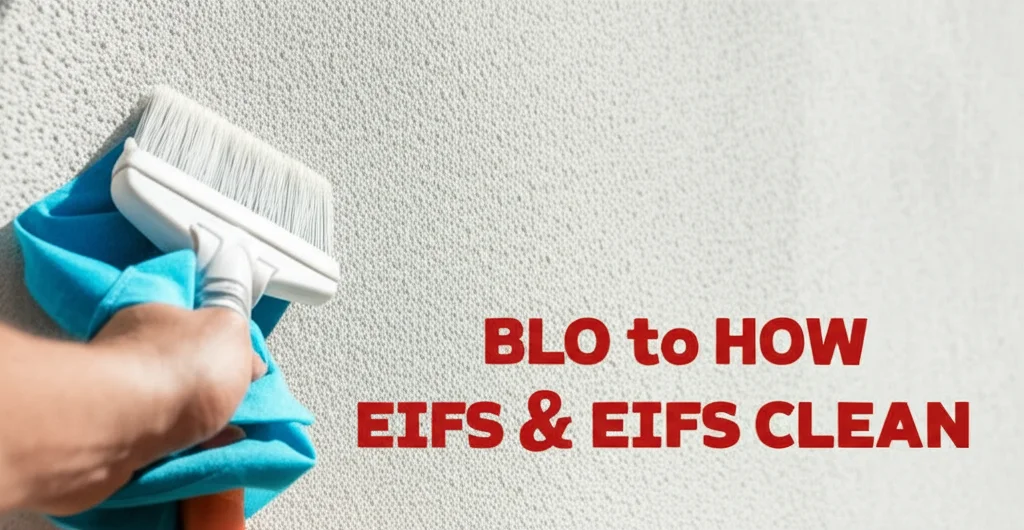· Home Exterior · 6 min read
How To Clean Stucco House

How to Clean Stucco House Siding: A Complete Guide
Is your stucco house looking a little drab? Over time, stucco can accumulate dirt, grime, algae, and even mold, diminishing your home’s curb appeal. Cleaning stucco isn’t as simple as hosing it down, though. It requires the right techniques and tools to avoid damage. This article will guide you through everything you need to know about how to clean stucco house siding, from choosing the right cleaning method to preventing future buildup. We’ll cover gentle washing techniques, tackling stubborn stains, and essential maintenance tips to keep your home looking its best.
Quick Answer: To clean stucco, gently wash with a low-pressure power washer or garden hose and a mild detergent. Avoid harsh chemicals and high pressure, which can damage the stucco. Rinse thoroughly and allow to dry completely.
Takeaway:
- Use low pressure when washing stucco.
- Mild detergents are best for stucco cleaning.
- Regular cleaning prevents stubborn stain buildup.
Understanding Your Stucco: Types and Considerations
Before you start cleaning, it’s important to understand the type of stucco you have. Different types require slightly different approaches. Traditional stucco is a mixture of cement, sand, and lime, applied in layers over a lath base. Acrylic stucco, a more modern option, incorporates acrylic polymers for increased flexibility and durability. Knowing your stucco type will help you choose the right cleaning solutions and techniques.
Consider the age and condition of your stucco as well. Older stucco can be more fragile and susceptible to damage. If your stucco is cracked or crumbling, it’s best to consult a professional before attempting to clean it. Also, be aware of any sealant or paint applied to the stucco, as some cleaning agents can affect these coatings.
Gathering Your Cleaning Supplies
Having the right tools and supplies makes the job much easier and safer. Here’s a checklist of what you’ll need to clean your stucco house:
- Garden Hose with Nozzle: For rinsing and applying cleaning solutions.
- Low-Pressure Power Washer (Optional): If using a power washer, ensure it has adjustable pressure settings and use the lowest possible setting.
- Mild Detergent: Dish soap or a specialized stucco cleaner are good options. Avoid harsh chemicals like bleach or ammonia.
- Soft-Bristled Brush: For scrubbing stubborn stains.
- Bucket: For mixing cleaning solutions.
- Protective Gear: Gloves, eye protection, and a mask are essential.
- Drop Cloths: To protect plants and landscaping.
The Gentle Wash: Basic Stucco Cleaning
For general cleaning and removing light dirt and grime, a gentle wash is usually sufficient. Start by wetting the stucco surface with a garden hose. This helps loosen dirt and prepares the surface for cleaning. Next, mix a mild detergent with water in a bucket, following the manufacturer’s instructions. Apply the solution to the stucco using a soft-bristled brush or a low-pressure sprayer.
Gently scrub the surface, working in sections. Avoid applying excessive pressure, as this can damage the stucco. Once you’ve scrubbed the entire surface, rinse thoroughly with clean water, ensuring all detergent residue is removed. Allow the stucco to air dry completely before inspecting for any remaining stains. You can find more information on general exterior house cleaning at https://www.beacleaner.com/how-to-clean-outside-windows-upstairs/.
Tackling Stubborn Stains on Stucco
Sometimes, a gentle wash isn’t enough to remove stubborn stains like algae, mold, or rust. Here are some specific solutions for common stucco stains:
- Algae and Mold: Mix one part bleach with three parts water. Apply to the affected area, let it sit for 10-15 minutes, and then scrub gently with a soft-bristled brush. Rinse thoroughly. Always test this solution in an inconspicuous area first.
- Rust: Use a commercial rust remover specifically designed for stucco. Follow the manufacturer’s instructions carefully.
- Oil Stains: Apply a degreasing agent or a paste of baking soda and water. Let it sit for several hours, then scrub and rinse.
- Graffiti: Use a graffiti remover specifically designed for porous surfaces like stucco.
Remember to always test any cleaning solution in a small, hidden area before applying it to the entire surface. This will help you ensure it doesn’t damage or discolor the stucco. If you’re dealing with mold, you might also find information on removing it from other surfaces helpful, like https://www.beacleaner.com/how-to-remove-mold-from-painted-walls/.
Using a Power Washer Safely on Stucco
A power washer can be a quick and efficient way to clean stucco, but it’s crucial to use it correctly. High pressure can easily damage stucco, causing cracks and erosion. Always use the lowest possible pressure setting and a wide-angle nozzle. Keep the nozzle at least 12 inches away from the stucco surface.
Work in sections, moving the nozzle in a consistent, sweeping motion. Avoid focusing on one spot for too long. Rinse thoroughly with clean water. If you’re unsure about using a power washer, it’s best to hire a professional. Proper technique is key, and you can learn more about cleaning different surfaces with power washers elsewhere, but always prioritize caution.
Preventing Future Stucco Buildup and Damage
Regular maintenance can help prevent future stucco buildup and damage. Here are a few tips:
- Regular Inspections: Inspect your stucco for cracks or damage at least twice a year.
- Trim Vegetation: Keep plants and shrubs trimmed away from the stucco to prevent moisture buildup and algae growth.
- Clean Gutters: Clogged gutters can cause water to overflow and stain the stucco.
- Annual Washing: Wash your stucco at least once a year to remove dirt and grime.
- Sealant Application: Consider applying a water-repellent sealant to protect the stucco from moisture damage.
FAQ: Common Questions About Cleaning Stucco
Q: Can I use bleach to clean stucco? A: You can use a diluted bleach solution (1 part bleach to 3 parts water) for algae and mold, but always test it in an inconspicuous area first and rinse thoroughly. Bleach can discolor stucco if used improperly.
Q: Is it okay to pressure wash stucco? A: Yes, but only on the lowest pressure setting and with a wide-angle nozzle. High pressure can damage the stucco.
Q: How often should I clean my stucco house? A: At least once a year, or more often if you live in a humid climate or near trees.
Q: What’s the best detergent to use on stucco? A: A mild dish soap or a specialized stucco cleaner is best. Avoid harsh chemicals like ammonia or abrasive cleaners.
Q: What if my stucco is already cracked? A: Do not attempt to clean cracked stucco yourself. Consult a professional stucco repair specialist to assess the damage and recommend a solution.
Conclusion: Maintaining a Beautiful Stucco Exterior
Cleaning your stucco house doesn’t have to be a daunting task. By following these tips and using the right techniques, you can keep your home looking its best for years to come. Remember to always prioritize gentle cleaning methods, avoid harsh chemicals, and protect yourself with appropriate safety gear. Regular maintenance is key to preventing future buildup and damage. Knowing how to clean stucco house siding effectively will not only enhance your home’s curb appeal but also protect your investment. If you’re unsure about any aspect of the cleaning process, don’t hesitate to consult a professional. For other cleaning challenges around your home, you might find helpful advice on cleaning floors, such as https://www.beacleaner.com/how-to-clean-vinyl-plank-flooring/.




